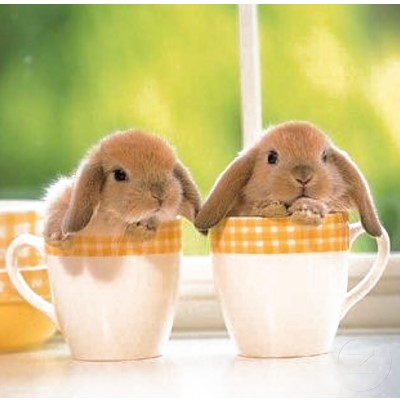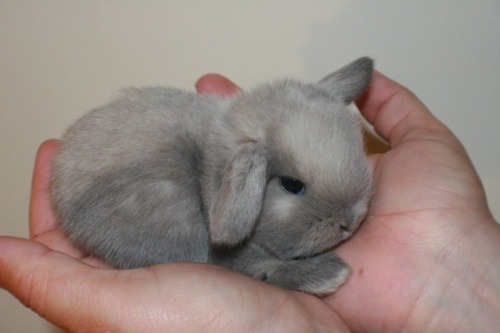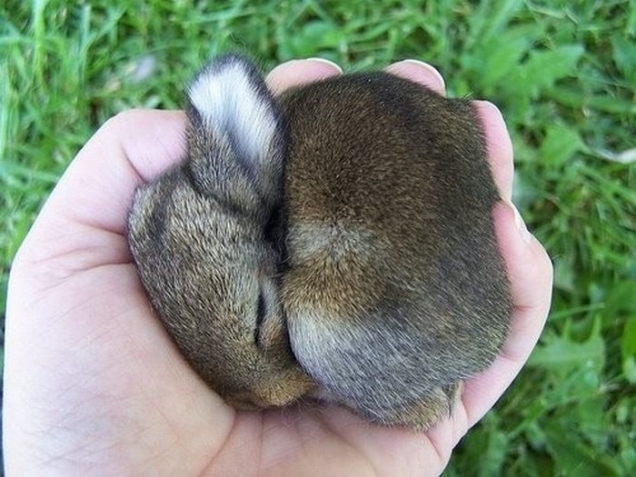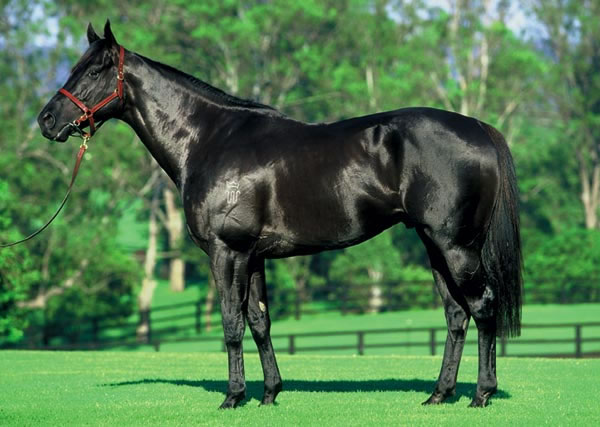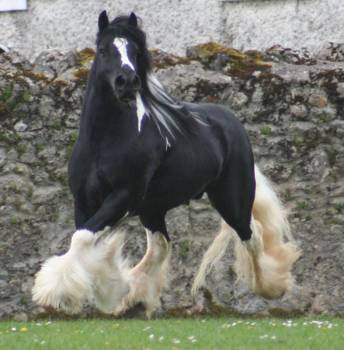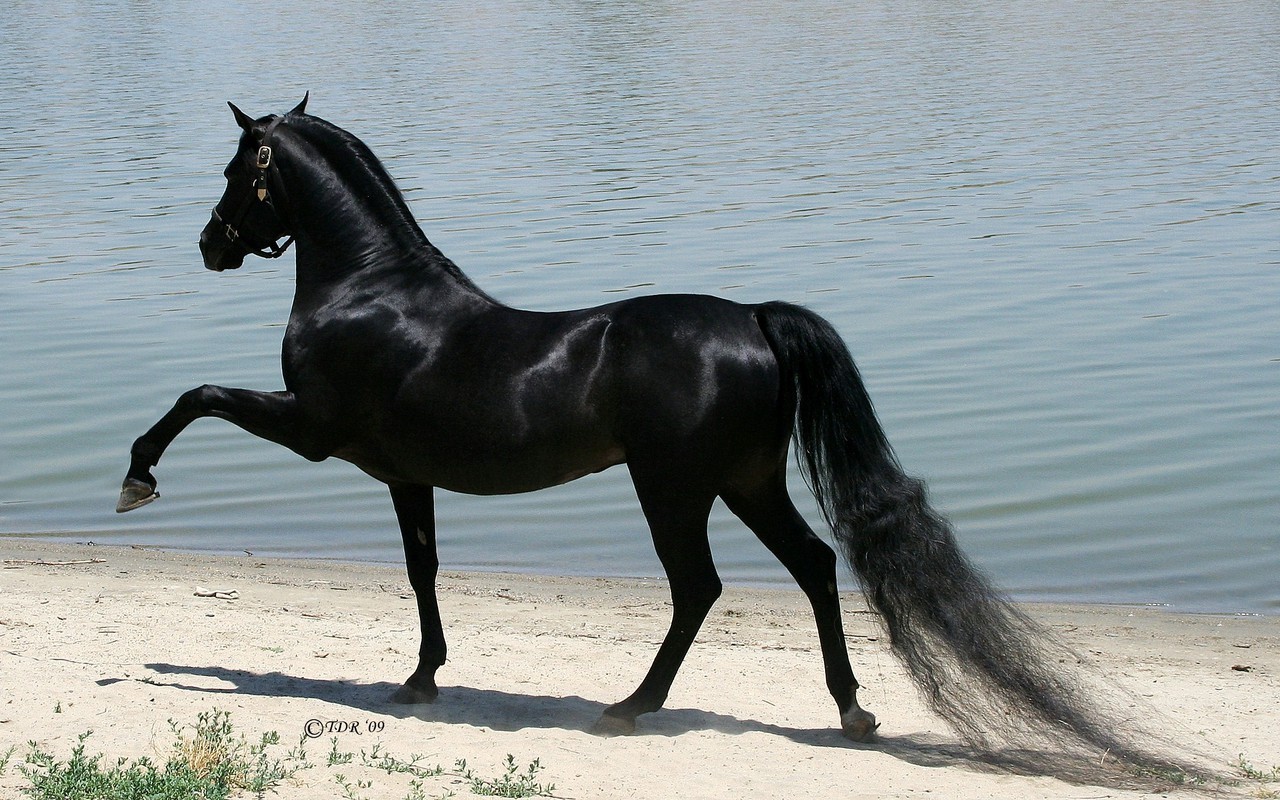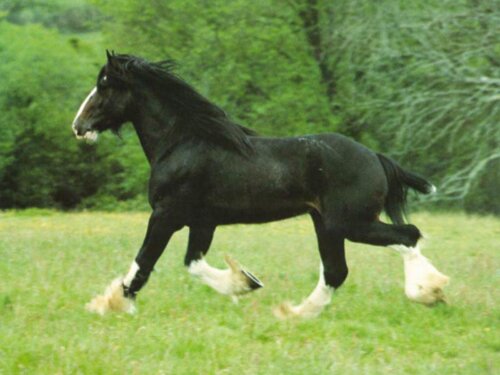Feeding horses to enable them to perform at their best, and to maintain condition regardless of the environment, requires a careful balance of the right foods, The horse is a herbivore and as such is never happier than when eating grass, which should be its main source of food whenever possible.
Correct feeding generally requires the advice of an experienced professional. However, there are certain rules relative to feeding, which every caring horse person should know. Observation of these will help to minimize any problems. it is important not to overfeed your horse or pony. Apart from becoming to fat, the animal may become over-fresh and rank, and start to suffer from health problems because of the nutritional imbalance. Obesity is a prime cause is laminitis, a disease of the foot that causes intense pain. Observe your horse and note whether it is putting on or losing weight, and act to keep it healthy for the type of work it is doing. Remember that while the weight of the horse is the basic determining factor in the quantities of feed required, breeding, temperament, condition, and type of work are important considerations as well. Horses have very mall stomachs. In the wild they would have spent around 18 hours a day picking and grazing at will, which enabled the food to "trickle" through the gut. If the stomach is overloaded, the food is pushed through too fast to be digested properly, and this can lead to health problems, such as colic (stomach ache), swollen legs, and skin rashes. Being a herbivore, the horse's most natural feed is grass. If the horse is not out to pasture, it should be fed hay. The more roughage the horse has the happier it will be. It is this fiber that stimulates the gut work efficiently. Grass contains not only roughage but also essential moisture (70-80 percent water). Turn your horse out daily if you can. If you can't feed succulents such as carrots to make up for it. If your horse cannot be kept out to pasture you will need to work out how much feed it will need, such as hay and concentrates (which are pure oats, barley, or maize).
Posted by Joanna.
Correct feeding generally requires the advice of an experienced professional. However, there are certain rules relative to feeding, which every caring horse person should know. Observation of these will help to minimize any problems. it is important not to overfeed your horse or pony. Apart from becoming to fat, the animal may become over-fresh and rank, and start to suffer from health problems because of the nutritional imbalance. Obesity is a prime cause is laminitis, a disease of the foot that causes intense pain. Observe your horse and note whether it is putting on or losing weight, and act to keep it healthy for the type of work it is doing. Remember that while the weight of the horse is the basic determining factor in the quantities of feed required, breeding, temperament, condition, and type of work are important considerations as well. Horses have very mall stomachs. In the wild they would have spent around 18 hours a day picking and grazing at will, which enabled the food to "trickle" through the gut. If the stomach is overloaded, the food is pushed through too fast to be digested properly, and this can lead to health problems, such as colic (stomach ache), swollen legs, and skin rashes. Being a herbivore, the horse's most natural feed is grass. If the horse is not out to pasture, it should be fed hay. The more roughage the horse has the happier it will be. It is this fiber that stimulates the gut work efficiently. Grass contains not only roughage but also essential moisture (70-80 percent water). Turn your horse out daily if you can. If you can't feed succulents such as carrots to make up for it. If your horse cannot be kept out to pasture you will need to work out how much feed it will need, such as hay and concentrates (which are pure oats, barley, or maize).
Posted by Joanna.








